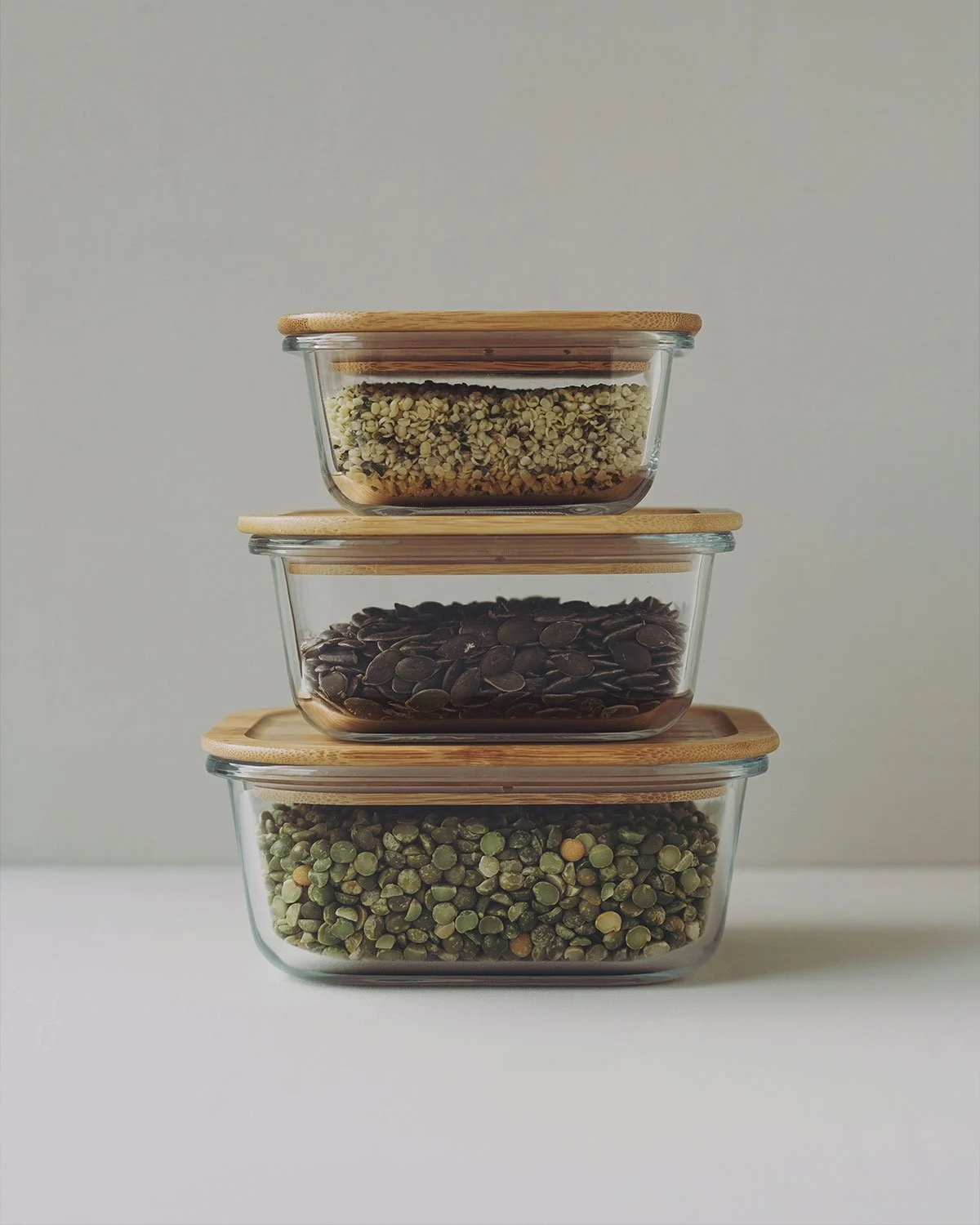JOURNAL
Staying Healthy During a Kitchen Remodel
Remodeling your kitchen can be an exciting journey toward creating your dream space, but it also comes with the challenge of cooking and eating without a fully functional kitchen. With thoughtful planning, you can maintain a healthy lifestyle while managing the limitations of a temporary kitchen.
Photo courtesy of Annie Spratt
SETTING UP YOUR TEMPORARY KITCHEN
Essential Appliances:
Microwave: For reheating and steaming.
Toaster Oven: A versatile tool for baking, roasting, and toasting.
Toaster: Perfect for quick breakfasts and snacks.
Electric Kettle: For boiling water quickly for tea, oatmeal, or soups.
Portable Burner or Hot Plate: If possible, for stovetop cooking.
Slow Cooker or Instant Pot: Ideal for one-pot meals.
Mini Fridge and Freezer: To store perishables and frozen items.
Supplies:
Paper Plates and Bowls: Reduce cleanup time.
Disposable or Reusable Utensils: Easy to manage and hygienic.
Trash Can with Liners: Keep waste contained and easy to dispose of.
Dishwashing Basin and Soap: For washing any reusable items.
Cutting Board and Knife: Essential for prepping fresh ingredients.
Organization:
Dedicate a space for your temporary kitchen, ideally near a water source.
Use bins or baskets to organize food, utensils, and appliances.
Keep cleaning supplies handy to maintain hygiene.
Photo courtesy of 360floralflaves
SIMPLE MEAL IDEAS DURING A KITCHEN REMODEL
Breakfast:
Oatmeal with fresh fruit (microwaveable).
Whole-grain toast with avocado or nut butter.
Greek yogurt with granola and berries.
Lunch:
Pre-made salads with lean protein like rotisserie chicken or canned tuna.
Wraps with whole-grain tortillas, hummus, veggies, and deli turkey.
Soups or stews heated in a microwave or toaster oven.
Dinner:
Sheet pan meals in the toaster oven (e.g., chicken and roasted vegetables).
Instant Pot recipes like chili, quinoa bowls, or pulled chicken.
Stir-fries or sautéed veggies using a portable burner.
Snacks:
Fresh fruits (apples, bananas, grapes).
Cut veggies with hummus or guacamole.
Nuts, seeds, or trail mix.
Desserts:
Dark chocolate or frozen yogurt bars.
Microwave mug cakes.
Photo courtesy of Jason Leung
TIPS FOR STAYING HEALTHY
Portion Control:
Use smaller plates to avoid overeating.
Pre-portion snacks and meals to maintain balance.
Plan Meals:
Create a weekly meal plan using versatile ingredients.
Prep ingredients ahead of time to save effort.
Stay Active:
Incorporate regular exercise to offset any dietary changes.
Take short walks or stretches between tasks.
Hydrate:
Drink plenty of water to avoid mistaking thirst for hunger.
Minimize Takeout:
While tempting, frequent takeout can lead to unhealthy choices.
Opt for healthier takeout options if necessary, like salads or grilled items.
Photo courtesy of Steven Ungermann
BE PREPARED FOR DELAYS
Kitchen remodels can often take longer than anticipated, ranging from 3 to 6 months depending on complexity and delays. Stock up on essential non-perishables, and stay flexible with your meal planning to adapt to the timeline. Keeping your temporary kitchen organized and functional will make the transition more manageable.
By planning ahead and focusing on nutritious, easy-to-prepare meals, you can navigate your kitchen remodel smoothly while maintaining a healthy lifestyle.





